"Designing for a house like Dior requires empathy with its history while simultaneously pioneering new styles."
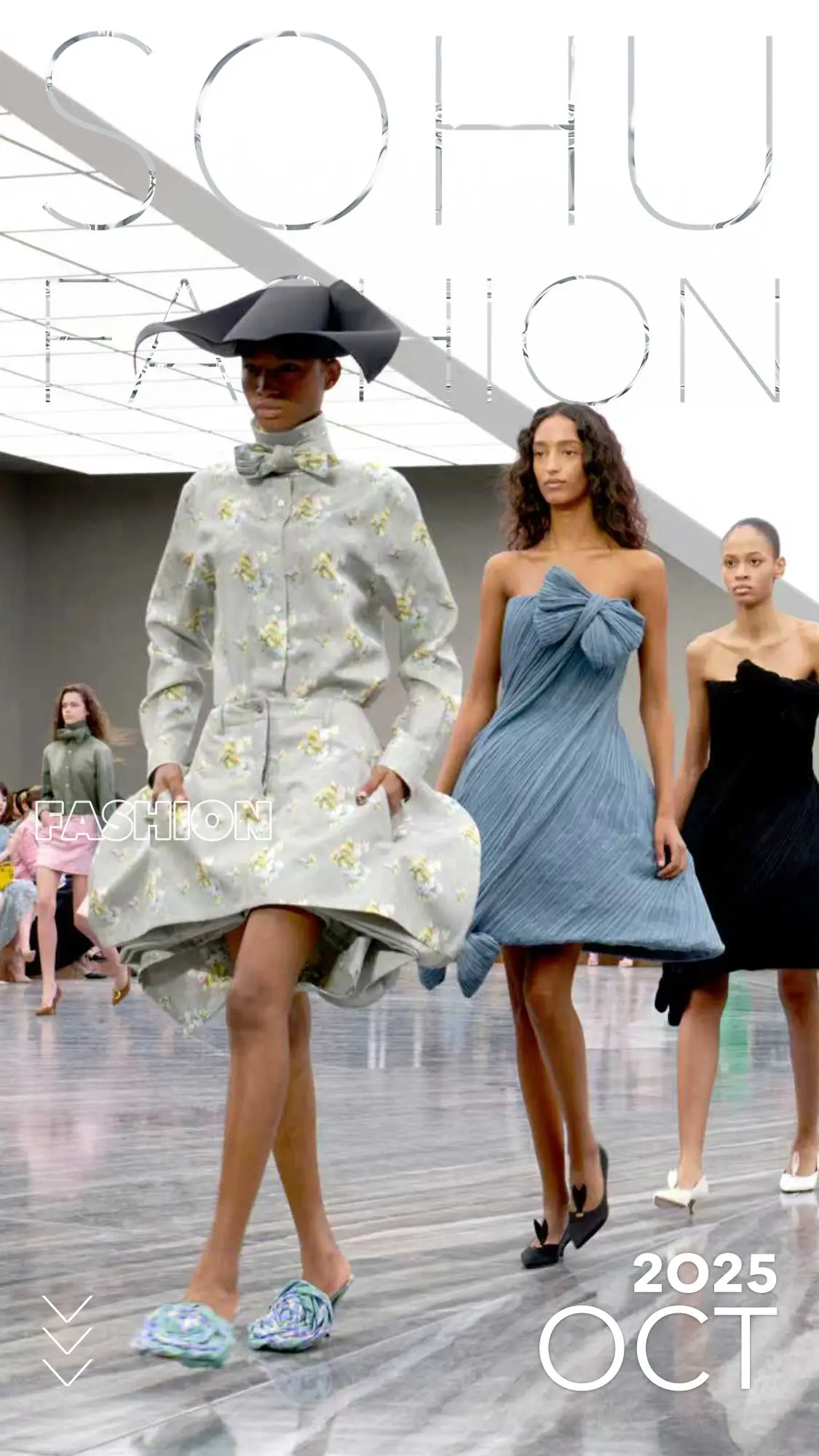
As Dior Creative Director Jonathan Anderson put it, when we reflect on everything about the house, it's easy to discern a language of collective imagination. Dior's embrace of beauty remains constant, both familiar and full of surprises. This vision of the house, condensed and revitalized through new-age design, has shaped this season's Spring/Summer 2026 ready-to-wear collection.
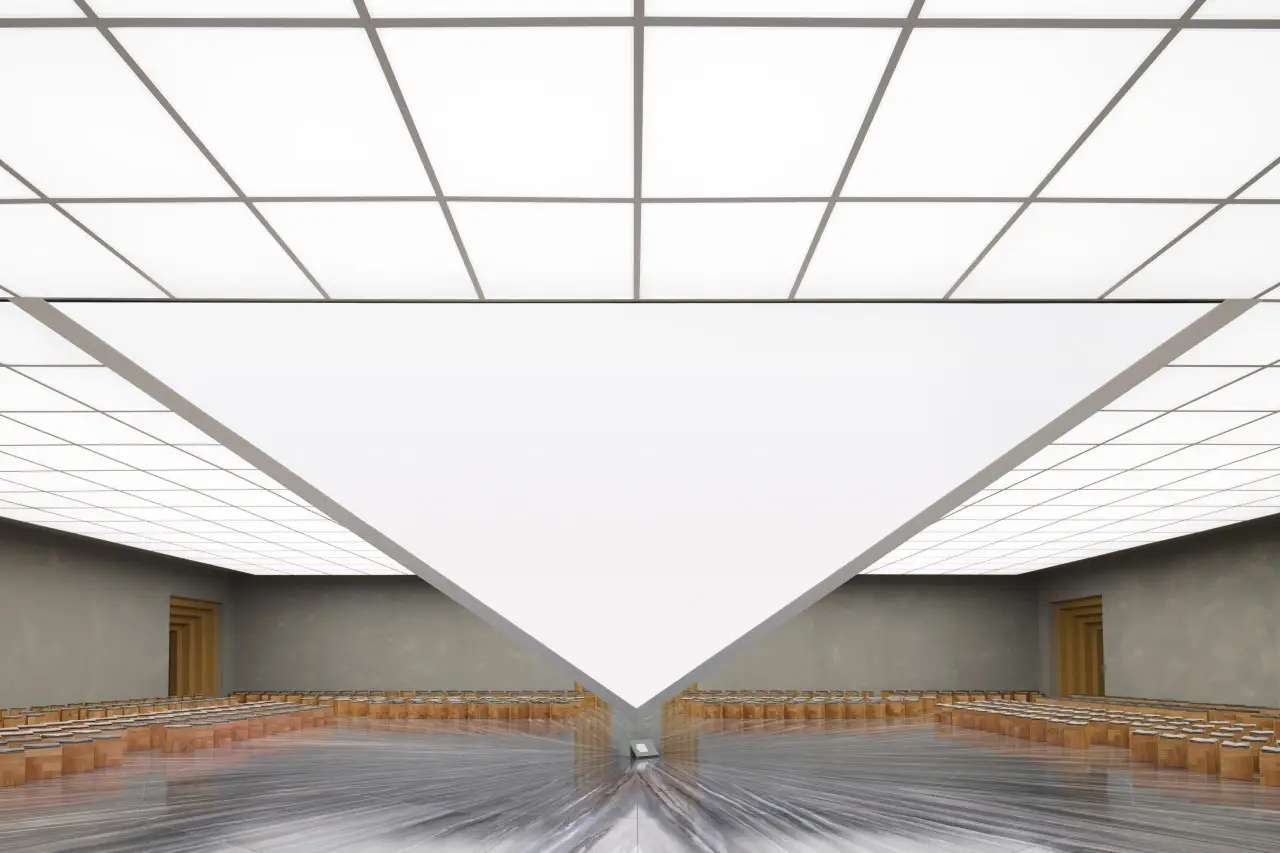
Located in the Jardin des Tuileries in Paris, the diamond-inspired show installation blends with the historic garden, creating an aesthetic dialogue that transcends time and space. The Jardin des Tuileries, one of Paris's oldest fashion stages, resonates with the pyramid-shaped screen designed by Italian director Luca Guadagnino. Projecting images of the brand's history onto the faceted surfaces, this design cleverly leverages the garden's symmetrical axes and expansive spaces, ushering viewers into a narrative interwoven between memory and the future as they enter the show.
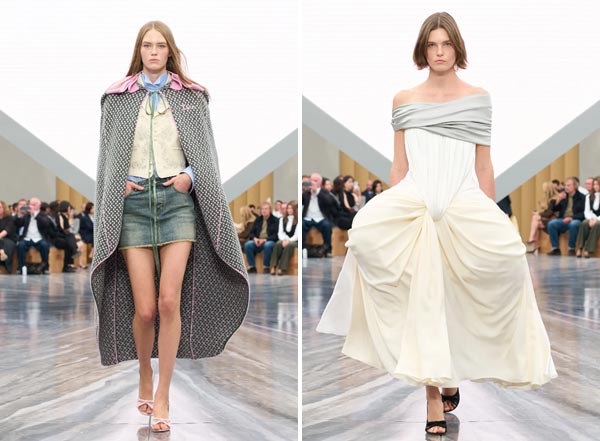
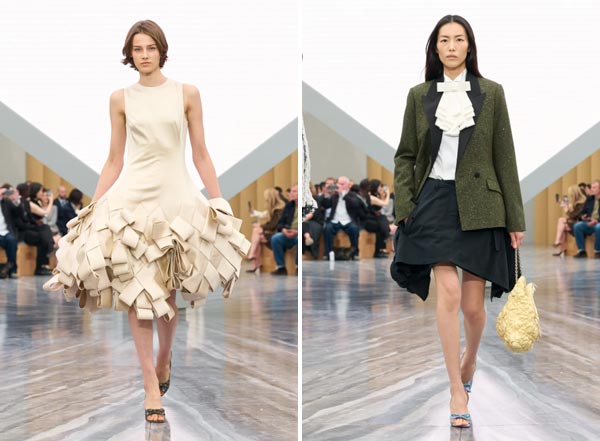
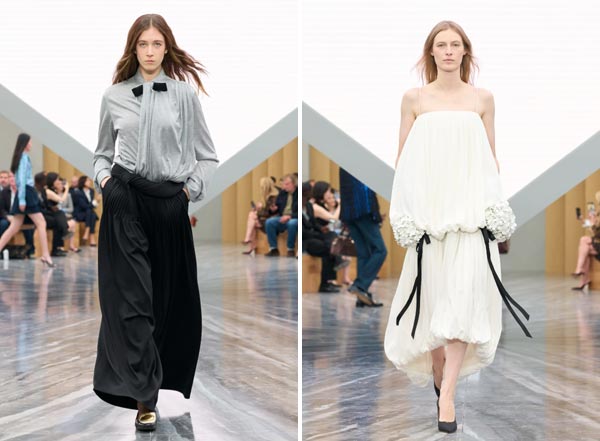
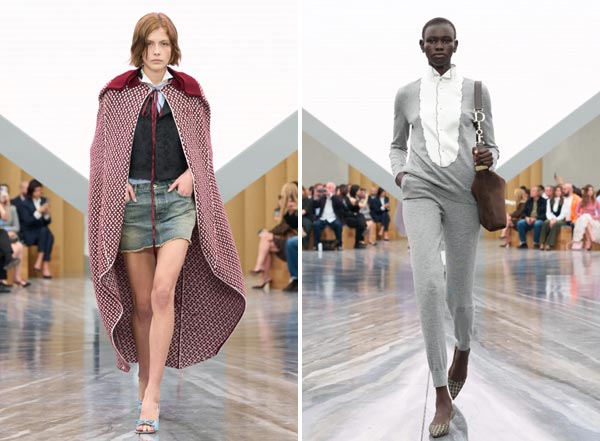
The creative vision revolves around harmony and tension. Symbols from the House's rich history converge into a single canvas, where silhouettes and lines become codes, silently conveying messages. Inspirations from the past dialogue with the present, boldness interweaves with tranquility, grandeur and the ordinary coexist. Everything is presented through Dior's unique "filter": a sensual palette of colors. Soft, picturesque, and discreet, yet with a touch of unconventionality—a refined art of creation, where even its minimalist appearance reveals ingenuity and craftsmanship.
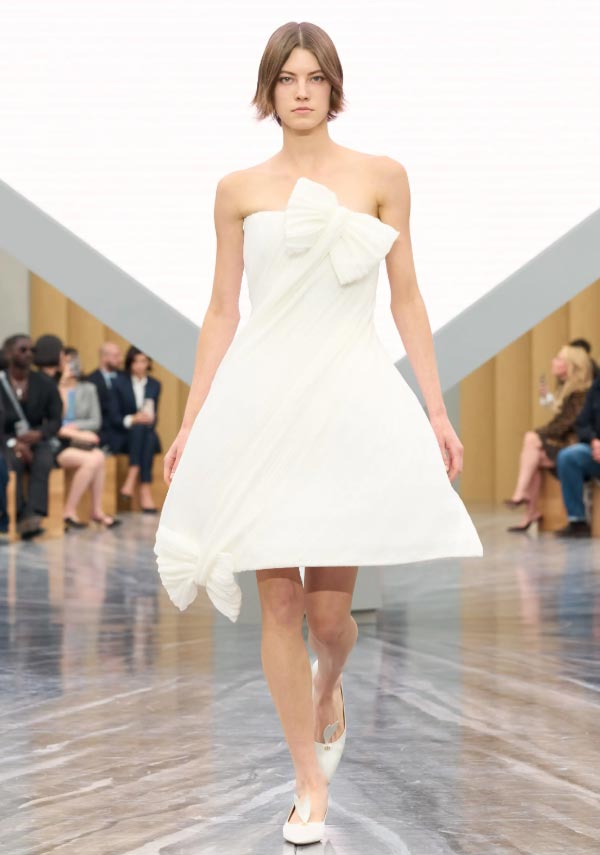
The oversized bow in the opening look not only anchors the dress's silhouette but also serves as a bridge between Dior's history and Jonathan's personal style. Inspired by a bow tie from the house's archives, it creates a visual focal point within the expansive garden space through exaggerated proportions and innovative materials.
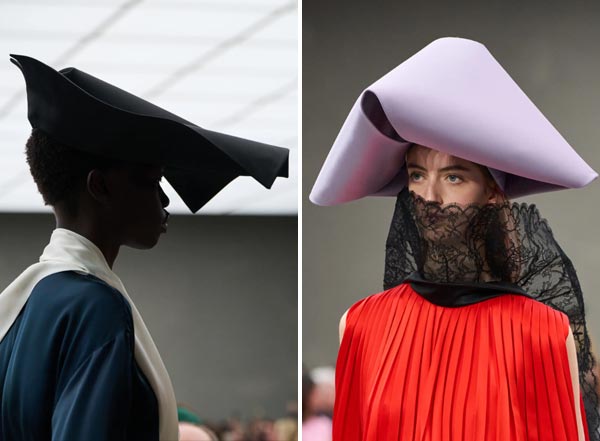
The process of carefully preserving this historical past is like an internal condensation and reconstruction—like a folded-in hat. This season, the hat is deliberately folded, appearing to contract inward, symbolizing the shift of feminine power from external adornment to inner abundance. The order of silhouette and structure is redefined; fragmented expression allows for the Dior woman to flow freely through moments of splendor, agility, solemnity, or sweetness; stretching vertically or frozen like a sculpture.
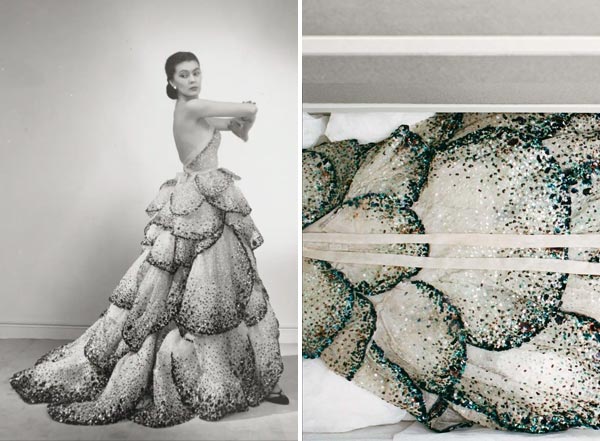
A commitment to craftsmanship and a nod to history served as the main thread throughout the show. This dress, adorned with hundreds of scalloped embellishments, is inspired by Dior's famous "Junon" gown.
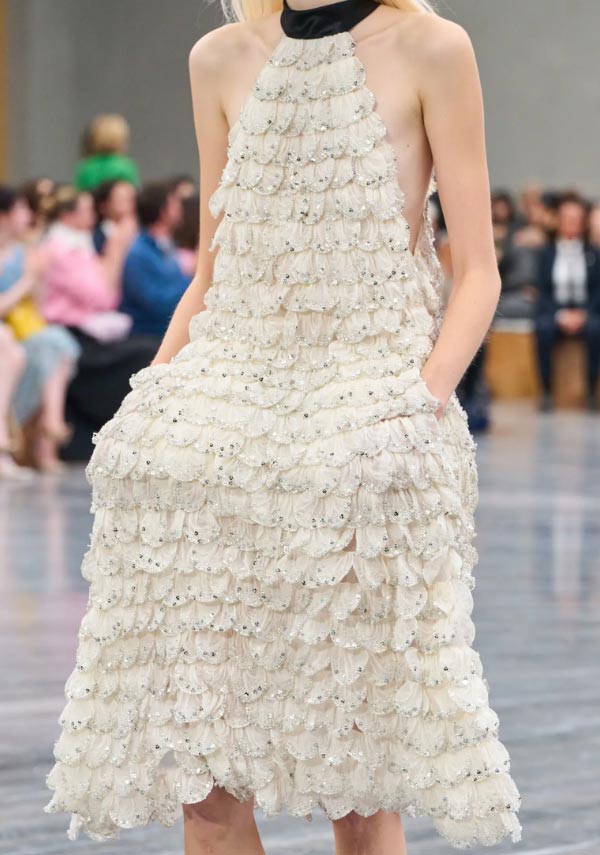
This magnificent piece debuted in the Fall/Winter 1949 collection as part of the "Milieu du Siècle" collection, alongside a sister piece called the "Vénus." The strapless bodice cascades downward, revealing layers of gradually larger tulle petals. The iridescent blue-green sequin embroidery evokes the feathers of a peacock—the sacred animal of the Roman goddess Juno, from which the gown takes its name.
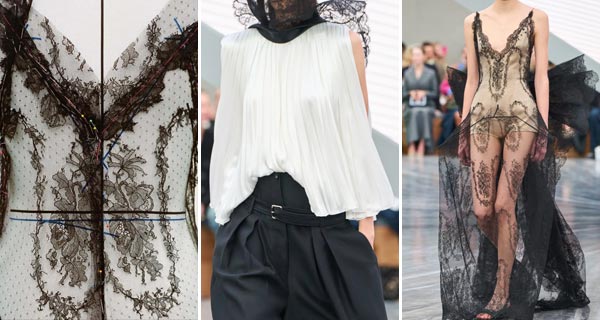
Lace motifs are also a central element in several pieces, such as the pleated satin top with a stiff lace collar and the sheer lace used in the full skirt. Lace was introduced to France in the 1530s, giving rise to a native lace industry that produced fabrics far more refined and elegant than the Venetian varieties that inspired it. In a town later renowned for its diverse lace styles, the name Chantilly remains a symbol of superior quality and feminine charm.
When used in dresses, lace patterns are often hand-cut and meticulously applied to achieve precise placement, creating distinctive borders and necklines, or cleverly concealing seams.
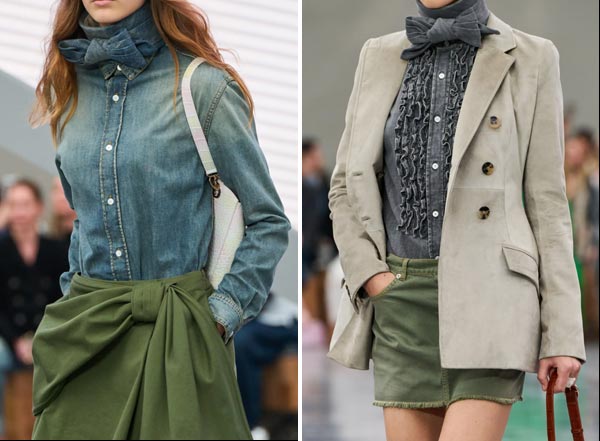
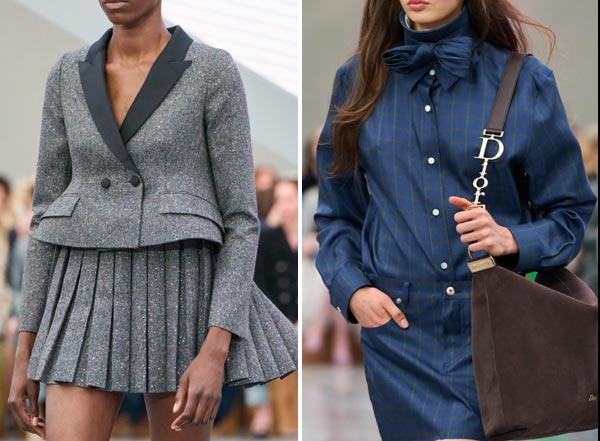
The show's juxtaposition of denim, workwear, and lace alluded to the Tuileries Garden's history as a public space—a meeting point for aristocratic salons and the casual lives of ordinary citizens. Jonathan imbued modern casual wear with a touch of courtly sophistication through designs like khaki jackets and tweed, echoing the garden's transformation from royal domain to public park.
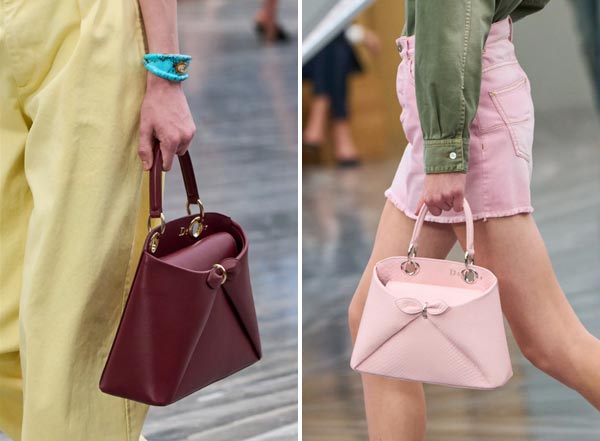
Jonathan's unique sense of playfulness and ingenuity is also evident in the design details. For example, the bow design on the bag pictured above creates a playful and cute vibe. The most interesting aspect is the logo design on the hardware at the handle connection, where the ring is transformed into the letter "O" in the brand name, creating a playful and playful effect.
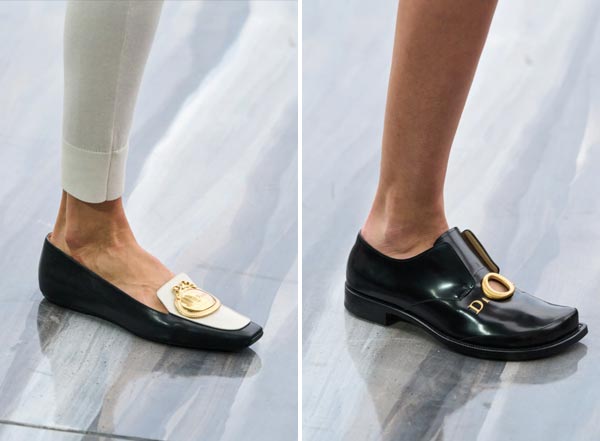
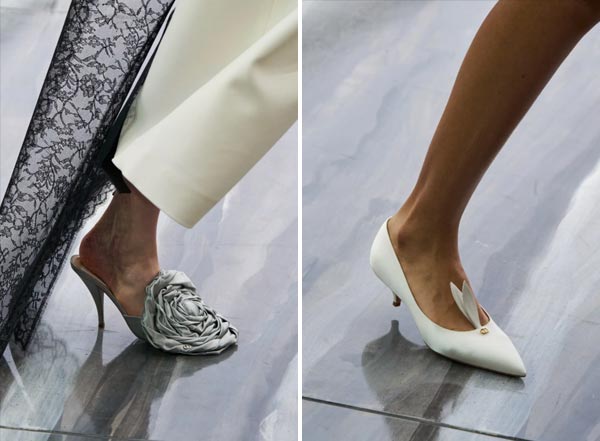
As for footwear, under the helm of designer Nina Christen, we saw a wide variety of creative creations on the runway. Punk-inspired loafers, mules adorned with giant rosettes, and demure, elegant heels. These designs, which imbue everyday silhouettes with a fashion flair, have the potential to become blockbusters.
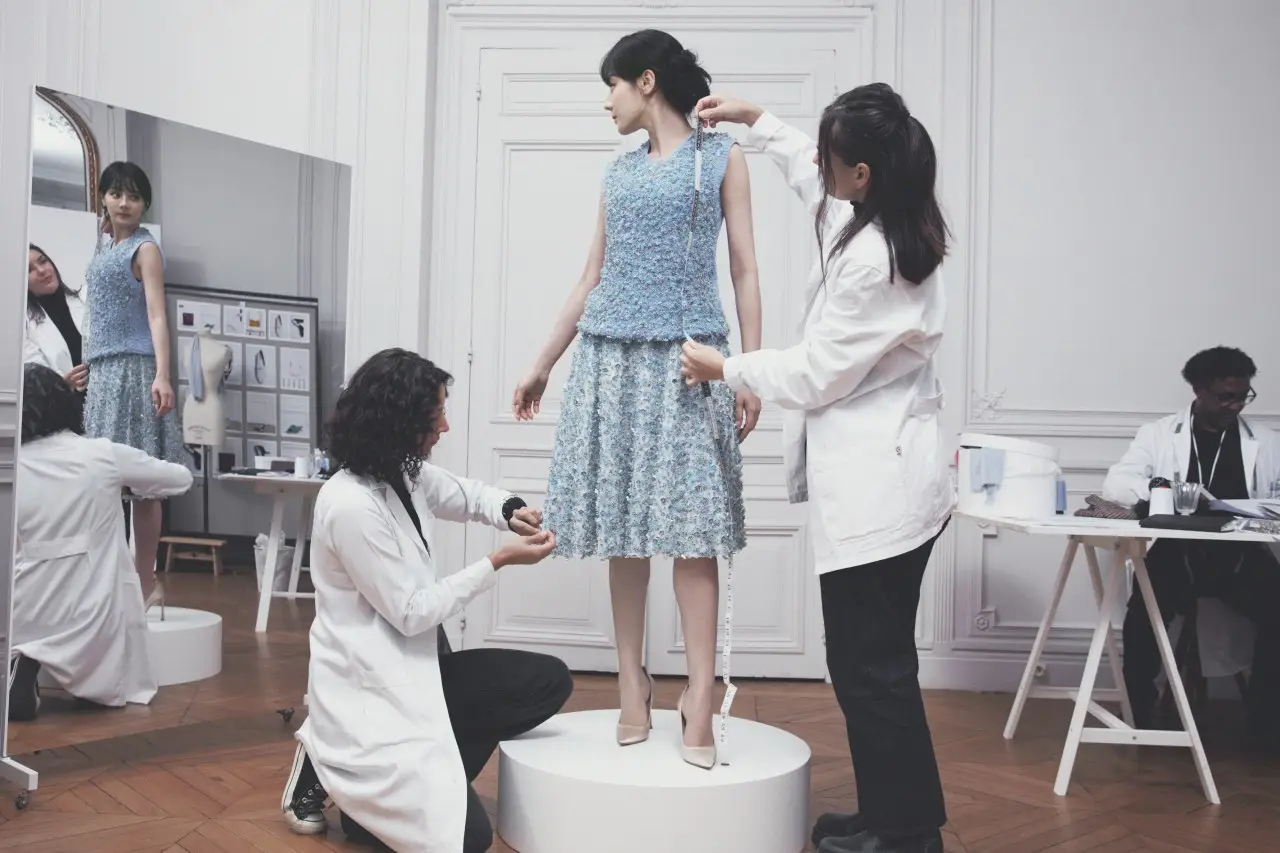
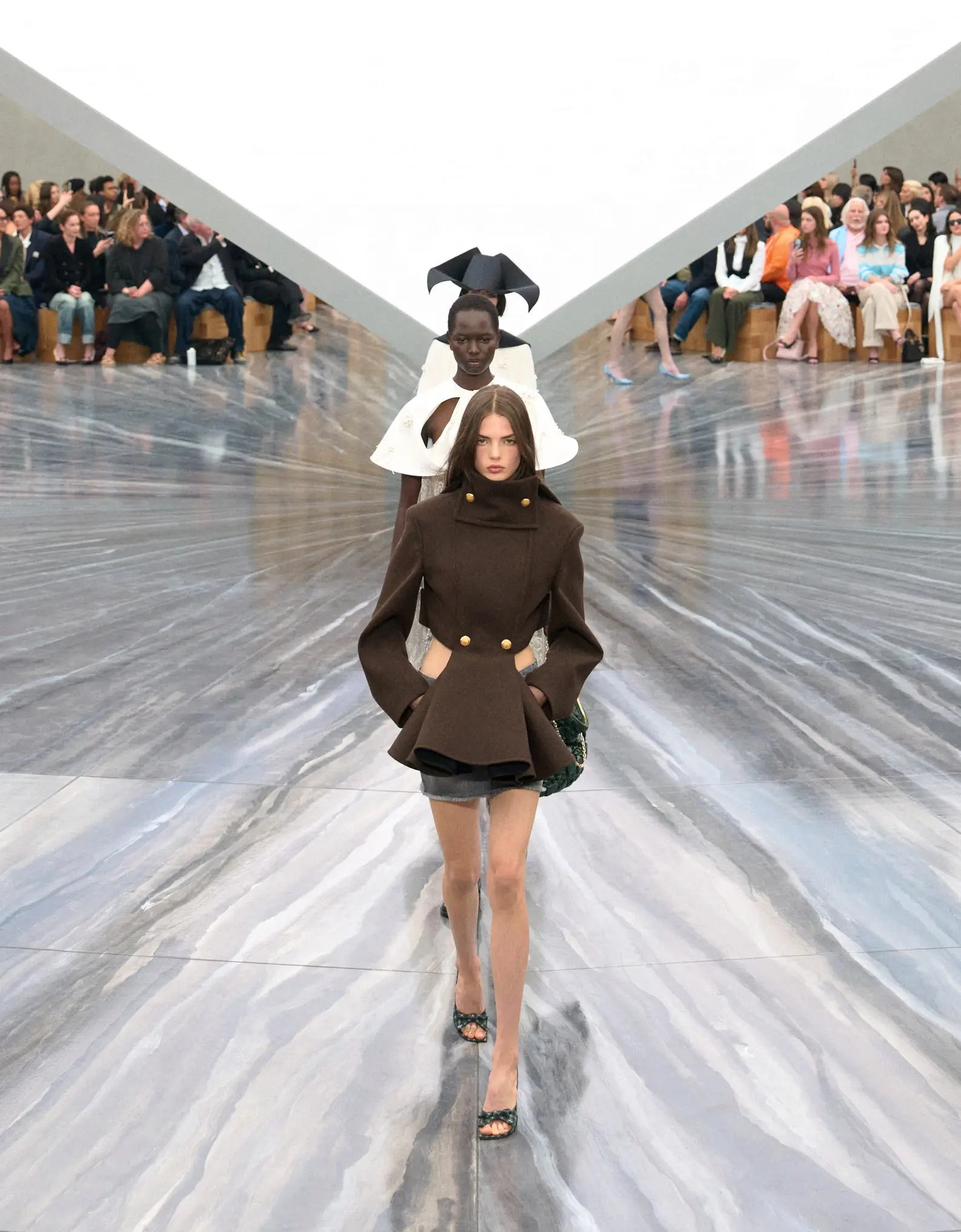
As a way to shape our roles on the stage of life, clothing redefines gesture and image. We have sorted through, preserved, and reconstructed historical archives, ensuring that these heritage pieces resonate deeply in our current era of information overload and emotional overload.

%20--%3e%3c!DOCTYPE%20svg%20PUBLIC%20'-//W3C//DTD%20SVG%201.1//EN'%20'http://www.w3.org/Graphics/SVG/1.1/DTD/svg11.dtd'%3e%3csvg%20version='1.1'%20id='图层_1'%20xmlns='http://www.w3.org/2000/svg'%20xmlns:xlink='http://www.w3.org/1999/xlink'%20x='0px'%20y='0px'%20width='256px'%20height='256px'%20viewBox='0%200%20256%20256'%20enable-background='new%200%200%20256%20256'%20xml:space='preserve'%3e%3cpath%20fill='%23FFFFFF'%20d='M194.597,24.009h35.292l-77.094,88.082l90.697,119.881h-71.021l-55.607-72.668L53.229,232.01H17.92%20l82.469-94.227L13.349,24.009h72.813l50.286,66.45l58.148-66.469V24.009z%20M182.217,210.889h19.566L75.538,44.014H54.583%20L182.217,210.889z'/%3e%3c/svg%3e)




